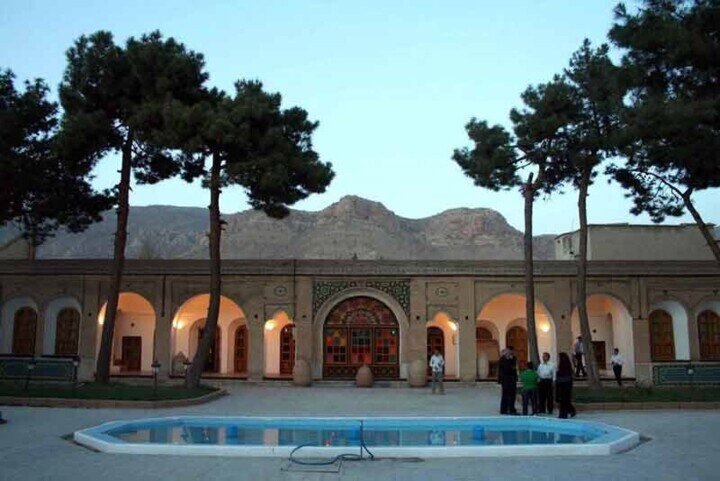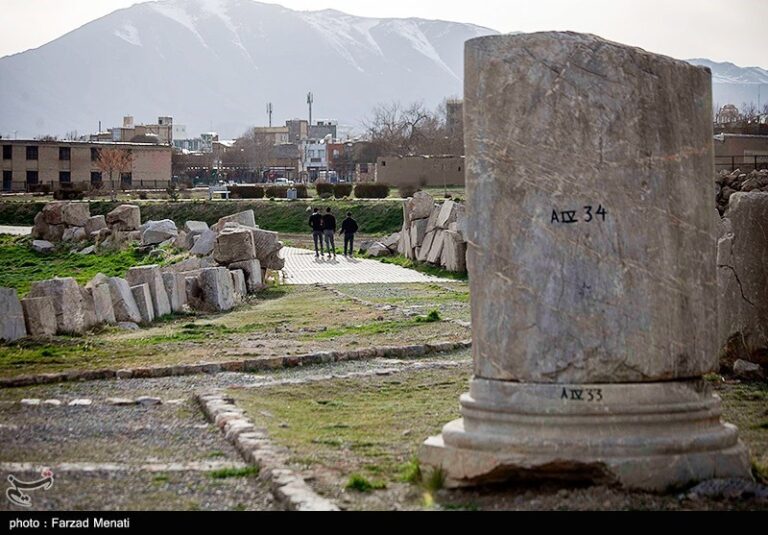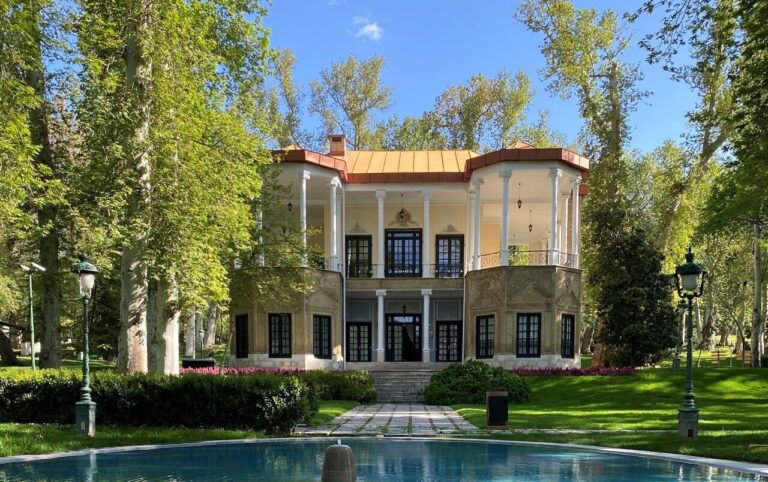Discover Ilam: Unveiling the Rich Tapestry of Ancient Treasures
Ilam province, renowned for its rich cultural heritage and artistic treasures, boasts a civilization that spans over 11,000 years. This region is home to several significant historical sites, including the Vali Castle, Darrehshahr Archaeology Museum, and the Agriculture Museum of Falahati Palace. Each of these landmarks serves as a testament to the grandeur of the ancient civilization and the customs that have thrived in this remarkable land.
Vali Castle
The Vali Castle, also known as the Anthropology Museum of Vali Castle, has a fascinating history that dates back 120 years. Constructed in 1908 under the orders of Gholamrezakhan Vali (Abouqaddareh), this architectural marvel is situated on the historical mound of Chaqamirag in Ilam province.
Covering an area of 6487.17 square meters, the castle features a distinctive trapezium façade and boasts three entrances, the main one being an octagonal brick structure. Notably, the southern angle opens to the street via several successive stairs, indicating that the building was originally elevated above its surroundings.
Key features of Vali Castle include:
- Two vestibules at the entrances that provide natural light to the rooms, adorned with intricate brickwork and beautiful arches.
- Ceilings made of mortar and brick, decorated with Roman-style arches and colorful tiles.
- A total of 22 rooms and six basements, which are believed to have served as rest areas during warmer months and possibly as prisons in earlier times.
- A royal chamber featuring large wooden windows embellished with unique plaster designs and a small stone pond.
After undergoing extensive renovations starting in 2006, Vali Castle has transformed into an anthropology museum, showcasing the customs, traditions, local attire, and lifestyles of the Ilam people. Among the exhibits, visitors can admire:
- Displays of historical professions such as agriculture, felt-making, kilim weaving, and carpet weaving.
- Insights into the living conditions in black tents and the wedding ceremonies unique to Ilam.
- Introductions to prominent local personalities.
Additionally, the museum hosts handicraft fairs and stalls offering local souvenirs, particularly during the Nowruz holidays, making it a vibrant cultural hub and a symbol of the Ilam people’s identity.
Darrehshahr Archaeological Museum
The Darrehshahr Archaeological Museum stands as the first specialized archaeological museum in Ilam province, inaugurated in 2005 in Darrehshahr city. This museum houses a valuable collection of ancient artifacts, particularly from the Sassanid era and the ancient city of Darrehshahr.
Recognized as the first city of the Sassanid era, Darrehshahr encapsulates a significant part of Ilam’s 9,000-year-old history. It has become a key destination for those interested in Iranian history and civilization, featuring numerous monuments including the ancient city of Seymareh (Madaktu).
According to Seyyed Mojtaba Farhadi, the head of the Darrehshahr Cultural Heritage, Tourism and Handicrafts Department, the museum showcases:
- 220 ancient items from various eras, including relics found during ten excavation seasons in the ancient city of Madaktu.
- Artifacts from the Sassanid and Achaemenid periods, offering insights into the region’s rich historical tapestry.
Last year, the museum attracted over 500,000 visitors during the Nowruz holidays, underscoring its appeal to both domestic and international tourists. The collection not only highlights the glory of Ilam’s ancient civilization but also reveals insights into the culture, religion, and livelihoods of its people.
Agriculture Museum of Falahati Palace
The Agriculture Museum of Falahati Palace features four distinct display sections that illustrate traditional agricultural practices and tools from the past. Key highlights of the museum include:
- A collection of stone tools from Alikesh Hill, dating back over 8,000 years BC, showcasing blades, microblades, and flint scrapers.
- An exhibit depicting traditional agricultural methods, including planting, tending, and harvesting from the last century.
- A section dedicated to herbal plants, providing insights into their properties and uses.
- Historical documents related to old agricultural lands and traditional tools such as the threshing sickle.
As an integral part of the Elamite civilization, Ilam is recognized as Iran’s oldest province, boasting an ancient history that spans 11,000 years. The province is home to approximately 1,500 ancient, natural, and tourism attractions, with 774 registered on the National Heritage List. Among these, 737 are spiritual sites, six are natural attractions, and seven relate to Sacred Defense.
In summary, Ilam province not only showcases its rich historical legacy through its museums and archaeological sites but also serves as a vibrant cultural center that continues to captivate visitors from around the world.






